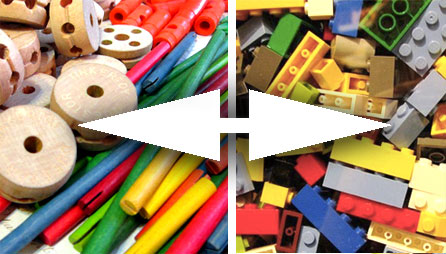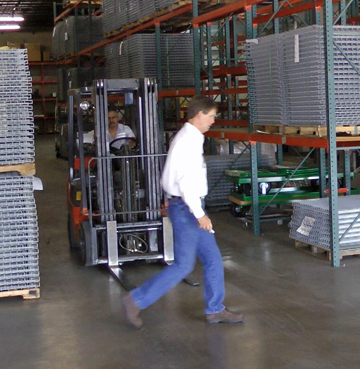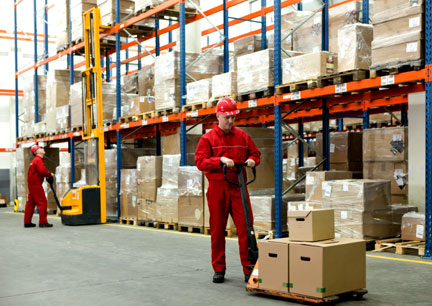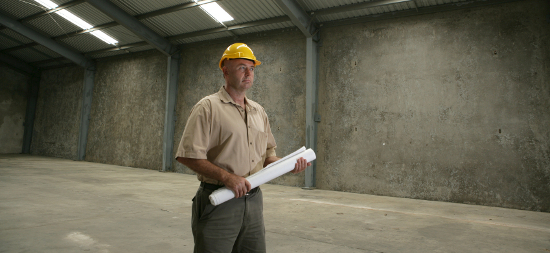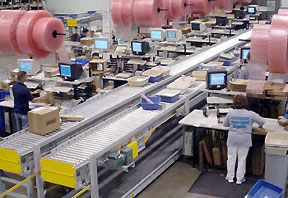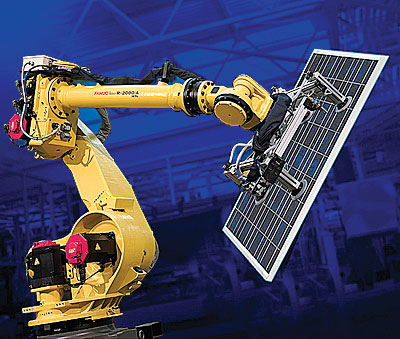
Manufacturing Automation has taken huge steps forward in recent years, helping companies become safer and more efficient. Technology such as robotics for picking, packing, or welding is constantly advancing, making systems better, and smarter, each year. Vision systems alone are undergoing a revolution in terms of effectiveness. This type of automation is also more affordable every year, while the cost of just about everything else – labor, energy, raw materials, and insurance – is rising.




